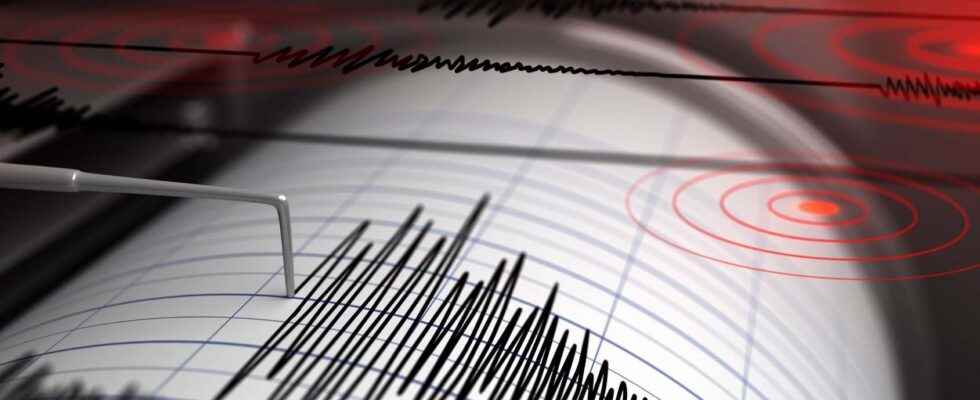An earthquake is characterized by a sudden rupture along a fault and by an abrupt relative movement between two lithospheric compartments. It is associated with a release of elastic energy which propagates in the form of seismic waves. To understand these tectonic manifestations and better anticipate the seismic risk of a region, it is important to be able to locate the source of an earthquake, and in particular its epicenter.
You will also be interested
Earthquakes are generated at varying depths, from a focus, which is still called a hypocenter. This point represents where the movement between the two compartments and hence theenergy is released.
Seismic focus and epicenter: what are the differences?
THE’epicenter, which we no longer hear often during a earthquake, represents the projection of this point on the surface of the Earth. By being directly above the seismic focus, the epicenter therefore represents the place where the shock is maximum.
An earthquake is said to be superficial if its focus is less than 60 kilometers deep. It is said to be intermediate if the focus is between 60 and 300 kilometers. Beyond this depth we speak of a deep earthquake. Surface earthquakes are usually the ones causing the most damage.
Wave speed and distance to the epicenter
The energy released during an earthquake generates different types of waves which will spread across the globe at different speeds. While they are all generated at the same time at the level of the focus of the earthquake, the waves will therefore arrive with different times at a seismic station where they will be recorded progressively on a seismogram. The speed waves vary according to their mode of propagation, but also to the nature and density of the media crossed. On average, P waves propagate at a speed of 6 km / s (in the earth’s crust) while S waves propagate at an average of 4 km / s.
This characteristic physical wave propagation is particularly useful for locating the origin of earthquakes. Indeed, the time which separates the arrival of the P and S waves makes it possible to calculate the distance of the seismic station from the epicenter, based on the simple relation which defines the propagation time of a wave as the ratio between distance traveled and speed.
In this problem, we know the wave propagation speed, but the propagation time is unknown, since what is recorded on a seismogram is only the arrival time: the time of origin of the earthquake is unknown. However, everything is resolved very simply thanks to the staggered arrival of the seismic waves, which eliminates the time of origin of the earthquake by using the difference in arrival time between the P and S waves.
For superficial earthquakes, we thus obtain the relation: distance station-epicenter (d) = 8 x (tS-tP).
Locating an earthquake: the principle of triangulation
This relationship alone does not, however, make it possible to precisely locate the epicenter of a earthquake : it simply informs that the epicenter is located on a circle of radius d, centered on the seismic station from which the temporal measurements are taken. To know the exact location of the epicenter, it is necessary to carry out a triangulation : it suffices to draw the circles obtained for at least three different stations. The epicenter will be at the point of intersection of the three circles.
In practice, researchers use a large number of stations, the results of which are processed by computer.
Wave propagation models
The calculation of the distance to the epicenter presented above is however based on certain approximations, for example the fact that the waves propagate in a straight line at constant speeds in homogeneous media. The reality is much more complex and is illustrated by the fact that the circles generally do not intersect at one point. The location of an epicenter must therefore involve wave propagation models, adapted to the depth of the earthquake and which are based on our detailed knowledge of the internal structure of the Earth and in particular on the heterogeneity of the different envelopes.
Currently, the seismologists work by data inversion. The general principle of inverse methods is that we know the result and that from its characteristics it is possible to go back to the cause. In the case of earthquakes, we will therefore look for the epicenter that best corresponds to all of the recorded data. The data collected by the seismic stations are thus processed by mathematical algorithms which, by successive iterations and following complex propagation models, will end up determining the location of the epicenter of an earthquake. This method can also determine the depth of the earthquake, although this value is usually more approximate because the recording stations are only on the surface of the earth.
Interested in what you just read?
.
fs11
